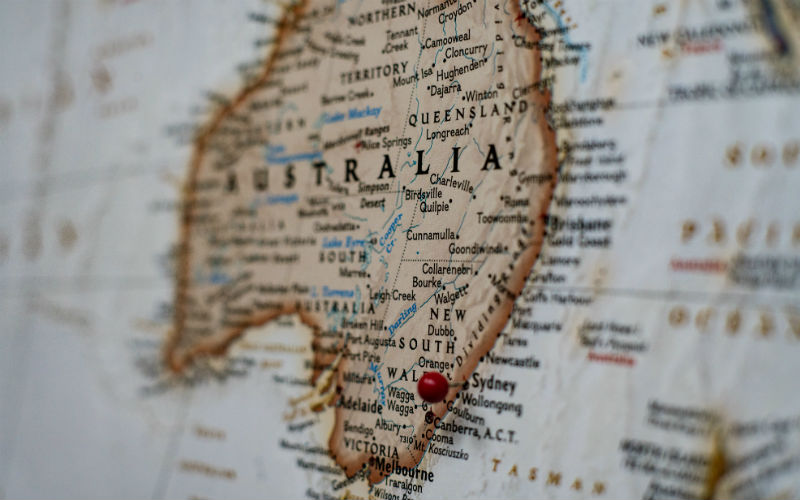With annual CPI inflation at 4.1% in the December quarter, it's also the first time since March 2021 that wages saw larger annual growth than prices.
From September to December, wages in Australia went up 0.9%, which is down from the previous quarter when wages grew 1.3%, the highest increase since the WPI began.
However, prices also rose 1.2% over the September quarter, and just 0.6% through December, so wages are seemingly now going up significantly more than prices.
In the most recent Statement on Monetary Policy, the RBA predicted "robust" wage growth in December, but for nominal wages to gradually decline as the labour market continues to soften.
The unemployment rate in January was above 4%, the first time in two years.
Real wage growth though, or the purchasing power of Australians, is expected to continue, with RBA modelling suggesting nominal wages will continue to grow at a rate above inflation.
This remains dependent on the inflation outlook, which Governor Michele Bullock maintains is still uncertain.
"The longer inflation remains high and outside the target range, the greater is the risk that inflation expectations of households and businesses adjust higher," Ms Bullock said when addressing the house of representatives on 9 February.
Where wages are growing fastest
Public sector workers in particular saw strong pay increases, with a quarterly average of 1.3% the highest since 2010.
More than a third (38%) of employees in the public sector saw a wage increase from September to December.
Annual wage growth for government employees was 4.3%, the first time since December 2020 when it has outpaced the private sector.
The sector with the biggest quarterly growth was Education and training, staff seeing their wages go up by 1.7%, followed by Health and Social Assistance (a 1.3% increase).
Michelle Marquardt, ABS head of wage statistics, said the December quarter saw more wage growth for jobs covered by enterprise agreements than usual.
"Higher growth in the public sector was primarily due to newly implemented enterprise agreements for essential workers in the Health care and social assistance and Education and training industries following changes to state-based wages policies," she said.
In Victoria for example, the cap on annual public sector wage increases was lifted from 1.5% to 3% last year, while the Minns Government in NSW is working to abolish public wage caps altogether.
In the private sector, wage growth through the quarter was a more moderate 0.9%.
The biggest increases were to those who work in mining, where wages rose by 1.3%, as they did in the Information and Telecommunications sector as well.
At the other end of the scale, Accommodation and Food Service wages rose by just 0.3% over the quarter.
Productivity still a worry?
Most Aussie employees will welcome the news that wages have now moved ahead of inflation.
For some economists though, wage growth needs to be balanced with an accompanying increase in productivity, or labour costs per unit of output.
In manufacturing for example, if wages increase by 5%, but workers are still producing goods at the same rate, productivity decreases.
Weak productivity tends to be inflationary, since it becomes comparatively more expensive for the economy to produce goods and services.
RBA forecasts for wages and inflation are predicated on productivity improving to its long term average, after sharp declines over the past couple of years.
This has been one of the major objections to some of the changes to labour laws, like the 'Right to Switch off' law that prohibits employers from contacting staff outside of work hours.
Opposition Leader Peter Dutton has pledged to strike down this law, citing the potentially adverse macroeconomic effects.
For now, growing wages and moderating inflation is undoubtedly positive for the majority of Aussies, but the RBA will continue to monitor productivity closely.
Picture by Dylan Gillis on Unsplash



 Harrison Astbury
Harrison Astbury
 Harry O'Sullivan
Harry O'Sullivan



